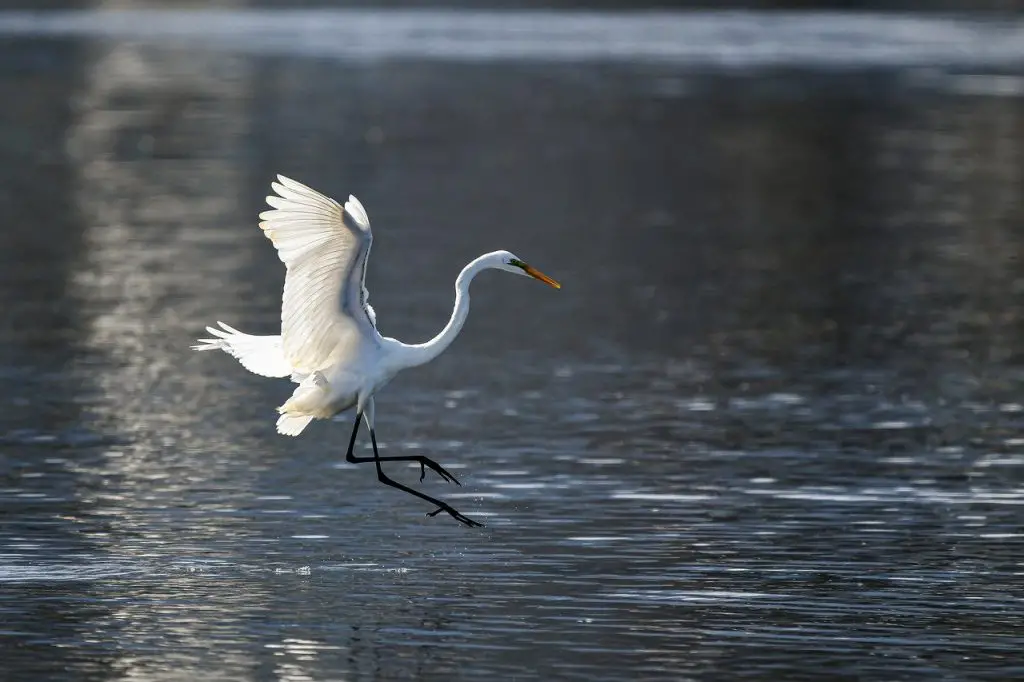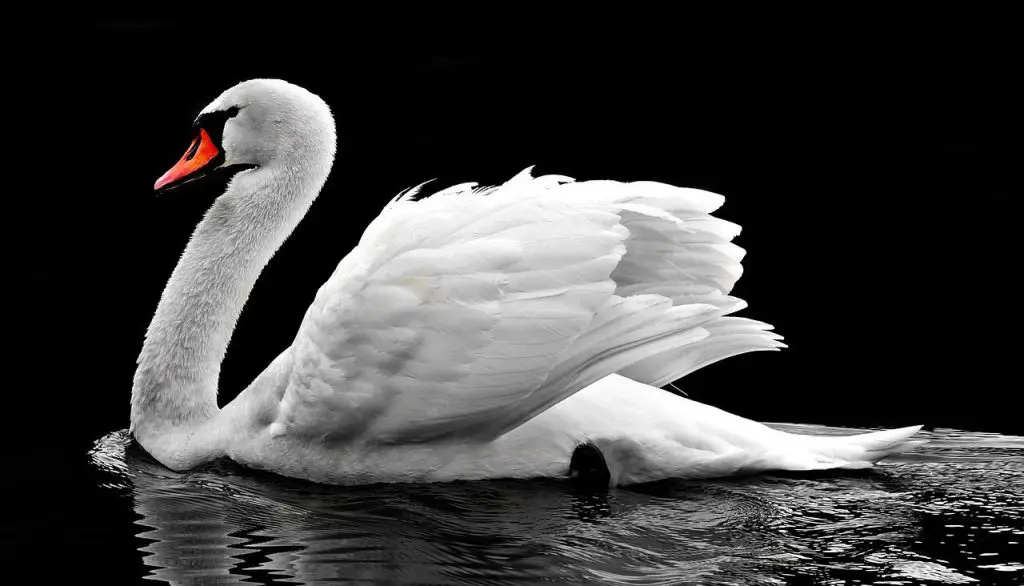As a bird lover, you may know that passerine birds make up over 60% of the global bird population, but have you ever wondered about that remaining percentage? What is a non-passerine bird, and how do you identify them?
Non-passerines are a group of birds that fall outside of the Passeriformes order. Non-passerines are not classed as songbirds due to the structure of their vocal boxes. Non-passerines range in size from Hummingbirds to the Emu and are often seen at night.
Do non-passerine birds have shared characteristics that mark them collectively for bird identification purposes? Or are non-passerines varied with no unifying features? Read below to discover everything you need to know to begin identifying birds as non-passerine.

What Is A Non-Passerine Bird?
Non-passerine birds are classified by their exclusion from being Passerine, it is hard to identify any features that all these birds have. Instead, they can be identified because they do not have the qualities that would categorize them as passerines.
A non-passerine bird covers birds that do not fall into the passerine songbird or perching bird classification. These birds do not have the passerine foot feature of three talons facing forwards and one facing behind.
The different bird types which fall into the non-passerine category are varied and diverse and include Swans, Kingfishers, Parrots, Hummingbirds, Falcons, Swans, Geese, and other Waterfowl.
What Percentage of Birds are Non-passerine?
About forty percent of the global bird population is classified as non-passerines. However, non-passerines make up about sixty percent of bird families. These birds are found globally in various habitats, from rivers and waterways to jungles and woods.
What are the Shared Characteristics of Non-passerine Birds?
The defining characteristic of non-passerines is that they do not fall under passerine identification, so it can be hard to find identifying features present in each example of the classification. For example, there are various foot formations among non-passerines: Parrots have two front-facing talons and two facing behind, while geese have three forward-facing webbed toes.
What are the Differences Between Non-passerine and Passerine birds?
To check if a bird is a passerine or non-passerine, there are some checks you can do.
These include:
Feet Formation
Passerine birds (also referred to as perching birds or, a little more inaccurately, songbirds) are most easily identified by their feet, allowing them to perch on branches and trunks comfortably.
Non-Passerine birds have various foot formations according to the species, ranging from the two forward-facing and two back-facing toes of a parrot to the webbed forward-facing feet of waterfowl.
Voice Box Formation
It has also been observed that the voice boxes in passerines are more developed than non-passerine birds. Therefore, you will often find passerine birds, also called songbirds, although passerines’ vocal abilities vary from species to species.
The voice box in non-passerines is less well developed, and these birds are incapable of the melodic and more complicated sounds that songbirds sing.
Size
Passerine birds will generally be small to medium-sized creatures, with the largest example of the classification being the Thick-billed raven. Passerine birds can range from a size of 7.5 to 70cm. They generally have an upright posture with a relaxed stance while perching.
Non-Passerines range from the tiny hummingbird to the giant ostrich. The breadth and width of size and body formations can vary, as can their posture.
Active Hours
Passerine birds are usually daytime birds that are active during daylight hours. The habits of non-passerine birds can be more varied. For example, Owls are night-time birds, and Emus are active during the daytime.

What are the Types of Non-passerine Birds?
There are a wide variety of orders which fall into the non-Passerine categorization. These include:
Struthioniformes
These include large, flightless birds such ostriches, kiwis, and emus and are found in Africa and Australasia, where they have adapted after being released in the wild.
Tinamiformes
Tinaformes are made up of one family. Tinamous are found in Central America and are notable for their foraging techniques which consist of turning over leaves and twigs with their beaks rather than scratching or diving for food.
Craciformes
This order is made up of birds within the Cracidae family and includes Guans and Curassows birds found in Central and South America. Their populations are also known to reach the south of Texas.
Galliformes
These birds are heavy-bodied creatures who feed from the ground and include Turkeys, Peacocks, and Quail. These birds are known to be important for their natural ecosystems due to the role they play in seed dispersal.
Anseriformes
This category is made up of three families of waterfowl – Anhimidae, Anseranatidae, and Anatidae. This category includes ducks, geese, and swans.
Turniciformes
This is a small category of birds that inhabit Europe, Africa, Asia, and Australia. They include Buttonquails and closely resemble (but are not related to) quail.
Piciformes
Woodpeckers, barbets, and toucans are some small to medium-sized birds that fall into this category. These birds are generally found in wooded and arboreal areas.
Bucerotiformes
This order includes Hornbills, Hoopoes and can be found in the grasslands, deserts, and forests of Asia, Africa, and Europe.
Ciconiiformes
Ciconiiformes are wading, stork-like birds such as herons, egrets, storks, and shoebills. They have longer legs and longer necks than most birds which they use for wading in waterways and reeds.
Summary
Non-passerine covers various types of birds of all sizes, body shapes, and environments. In terms of bird identification, it is often easier to classify a non-passerine by verifying that they do not fall into the passerine order rather than looking for any identifying features which run through all non-passerine birds.
The most reliable bird identification indicator is the feet; if the bird does not have the passerine foot formation of three forward-facing talons and one facing behind, you will know which category it belongs to. You can also look at the vocal capabilities of the bird. If the species you are looking at is singing tunefully, you know that you are looking at a passerine songbird.

